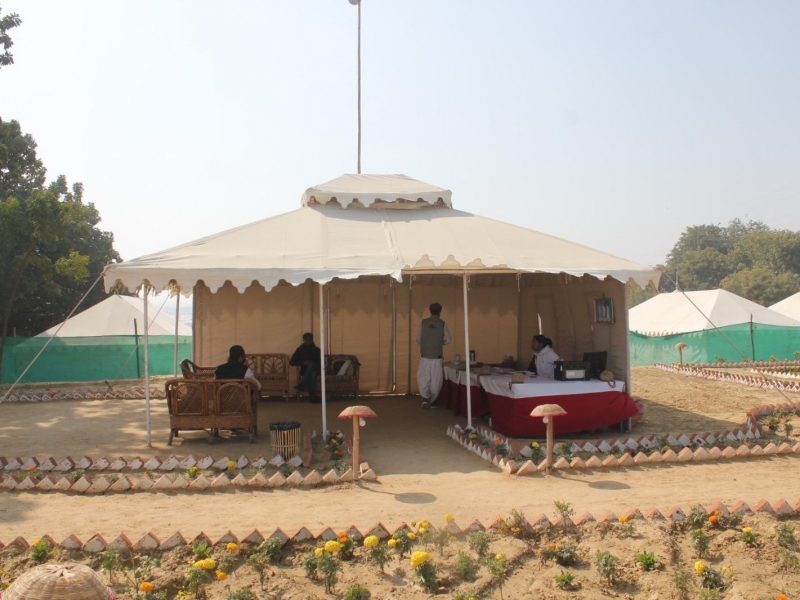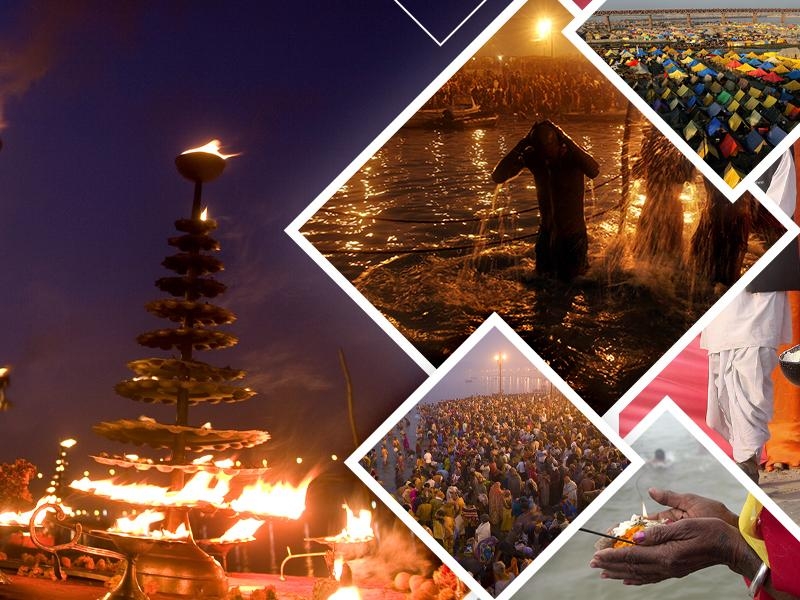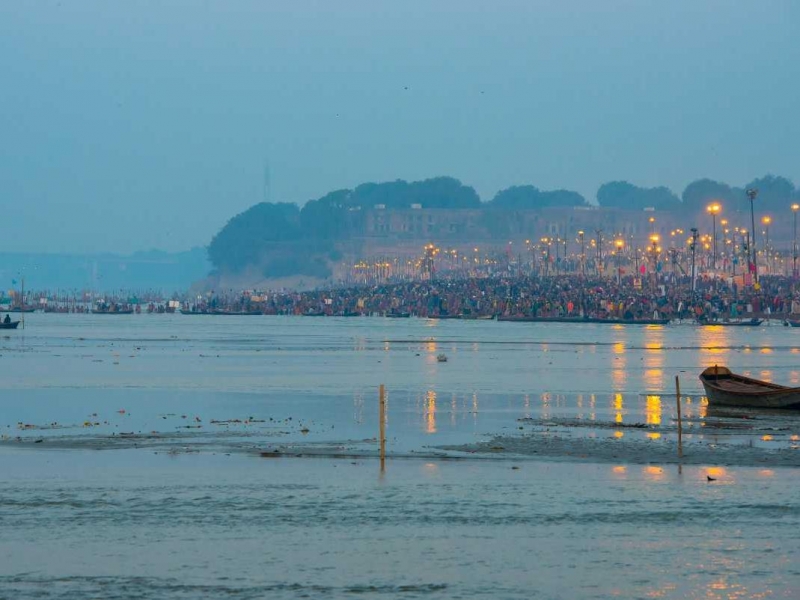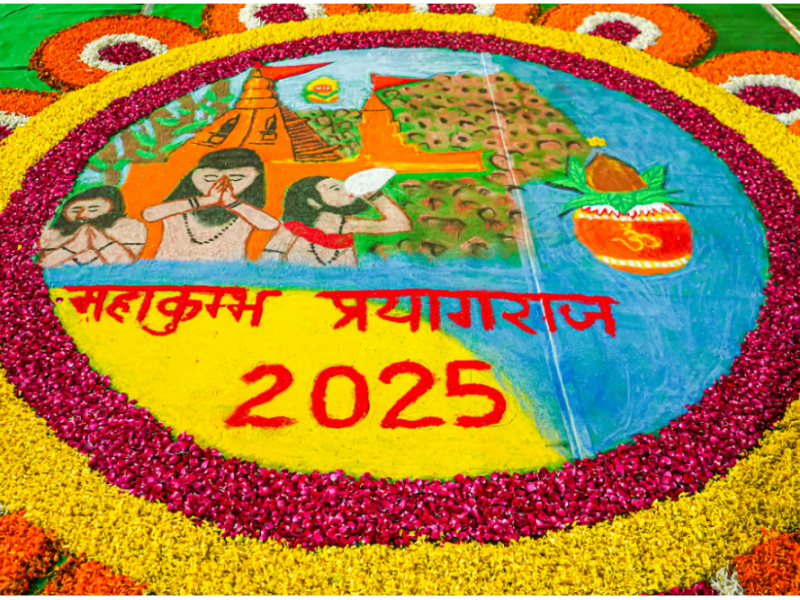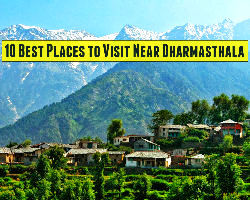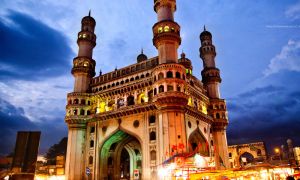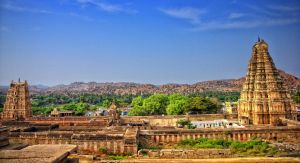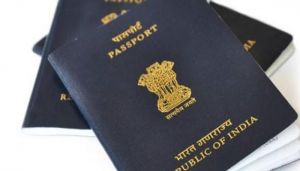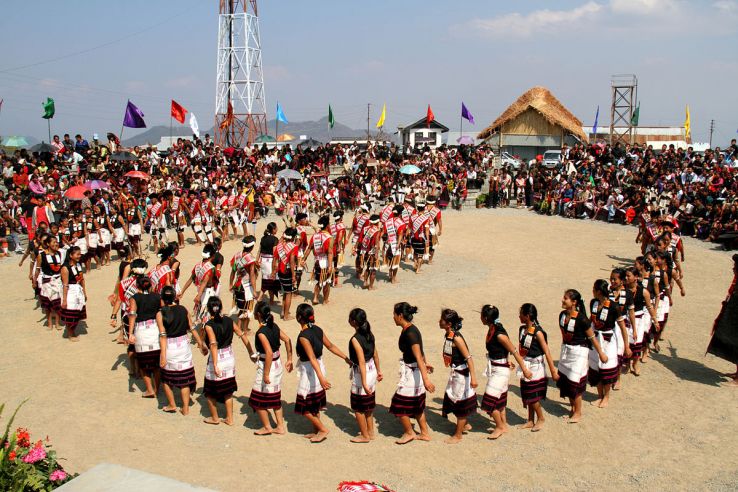
India is a land of cultural diversity and the north-eastern part of India is no different from the mainland. There are many religions, castes and tribes in this part of the country who also celebrate many local festivals within communities. One such traditional event is the Moatsu Festival of Nagaland. It is celebrated by the Ao tribes of the state after sowing of seeds in the fields.
The tribesmen celebrate this festival with much pomp and gaiety after decorating their homes. There are certain aspects of this festival that is not very well known among the masses. Hence, we present here the insights regarding this festival so that people can be well aware of the celebration.
1. It is a summer festival
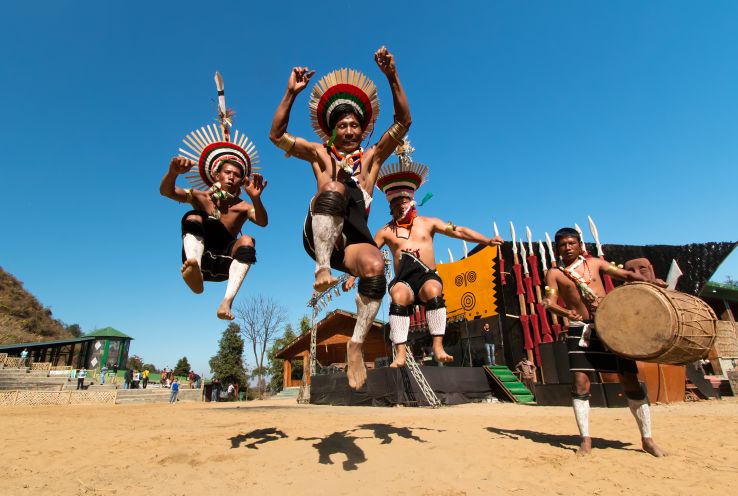
The Moatsu festival in Nagaland usually happens during the first week of May and continues for three days after it is announced. It is exclusively celebrated by the Ao tribe and people other than the tribesmen are not encouraged to participate in it. It is basically a merrymaking festival in which the Ao Nagas celebrate the end of the sowing season.
The beginning was a bit different to its present form
Initially, the festival was celebrated to honor the intimate relationship of a young boy with a virgin girl publicly so that it was regarded as a sign of the land turning fertile and fit for cultivation. However, the ritual was discontinued after Christianity became prevalent in the state.
2. There is a central symbolic celebration
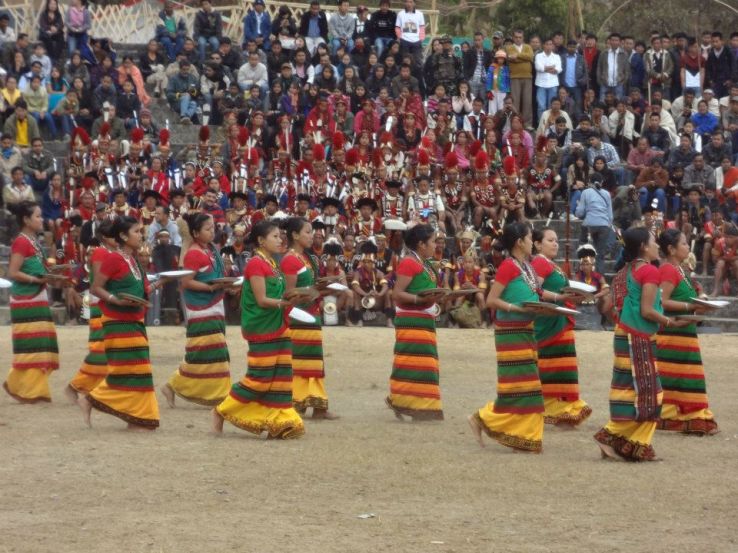
There is a symbolic celebration of setting a big outdoor fire that is known as ‘Sangpangtu’. Men and women dressed in their best attires throng the venue and perform traditional dances and sit around the bonfire. They also sing warrior songs during the event and take part in activities like a tug of war. The tribesmen also enjoy the celebration by sharing a lot of different cuisines along with rice beer.
3. There is an aim behind the festival
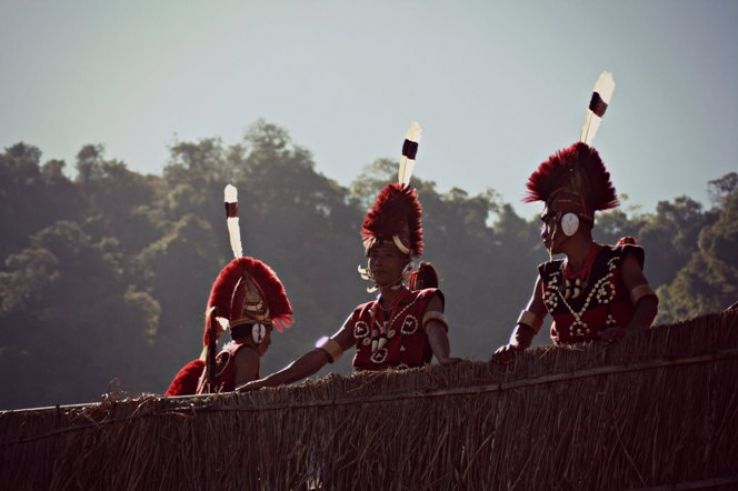
The Ao tribe celebrates this festival to please the God Almighty and seek his blessings for the future. It is also a way to seek blessings after house construction and making repairs by the elder members of the village council or ‘Putu Menden’. It can also be a way to seek blessings for tilling of bold and new ‘Jhum Kheti’, which is a way of farming that is followed by them. It is also celebrated to get blessings for spring season marriages or to clean up the water wells or the ‘Tsubu’. All these are aspects related to the life of every Ao tribe member and a blessing from the Almighty is very important for them in every sphere of life.
4. The customs have changed over the years
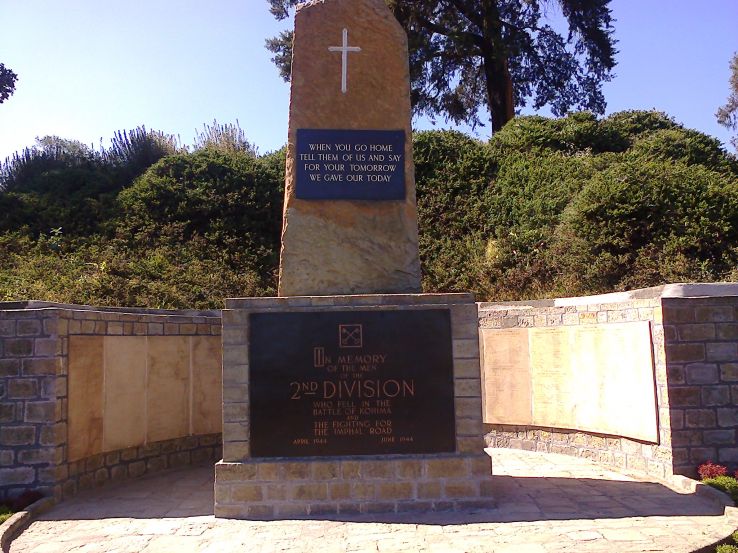
The present form of Moatsu Festival seems to have been modified through the ages so that it has arrived where it is today. Otherwise earlier, there was a different custom that was followed by the forefathers of this generation of Ao tribesmen. It revolved around raising the best varieties of cows and pigs so that they could be sacrificed during the festival as a mark of respect to the Almighty. Apart from it, there were also some other activities like preparing the best variant of rice beer that can be enjoyed with the community.
It is not as though the Moatsu festival is celebrated by every resident of Nagaland. The festival is mostly celebrated among the Ao tribesmen that stay in the Mokokchung town of the state that is located at a distance of about 150 km from the capital, Kohima. Mokokchung is the third largest city of Nagaland after Kohima and Dimapur and there is a considerable presence of this tribe in the city.
5. They are possessive about the rituals
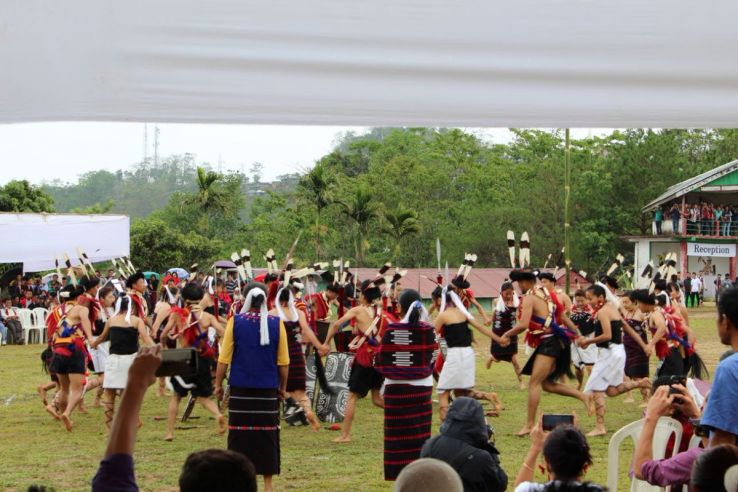
The Moatsu festival is purely celebrated by the Ao tribes and any outside participation of people other than the tribesmen is not permitted. It is an intimate affair between their community members so that the community or village gate stay locked during the entire duration of the festival. It is to ensure that only their indigenous people can participate in it and that there is no interference from an outsider.
Looking at it, we can conclude that the Ao tribesmen are quite possessive of their rituals and culture and try to insulate the festival from any external influence. It also shows the unity and bonhomie among the fellow members of the tribe that helps them to celebrate the event each year with much aplomb.
Recommended For You
-
 Best Places to Stay During Kumbh 2025: From Tents to Luxury Hotels
Best Places to Stay During Kumbh 2025: From Tents to Luxury Hotels
-
 The Ultimate Guide to Maha Kumbh Mela 2025 at Prayagraj
The Ultimate Guide to Maha Kumbh Mela 2025 at Prayagraj
-
 Understanding the Importance of the Sangam: The Confluence of Faith
Understanding the Importance of the Sangam: The Confluence of Faith
-
 The History and Mythology of Kumbh Mela: A Journey Through Time
The History and Mythology of Kumbh Mela: A Journey Through Time
-
 Best Places to Eat in Goa: Indulge in a Culinary Delight
Best Places to Eat in Goa: Indulge in a Culinary Delight
-
 The Future of Drone Tourism: How Drones are Changing the Travel Industry
The Future of Drone Tourism: How Drones are Changing the Travel Industry
